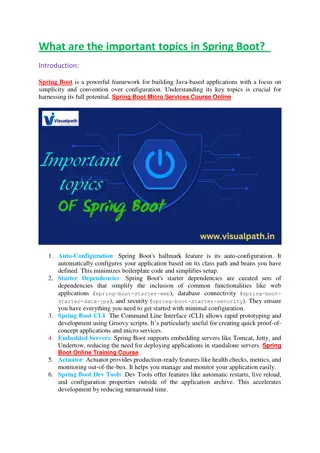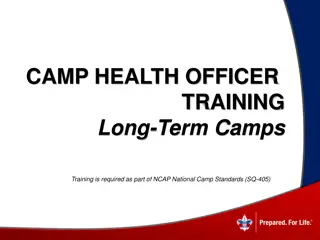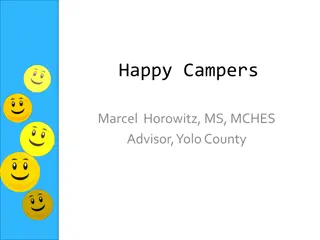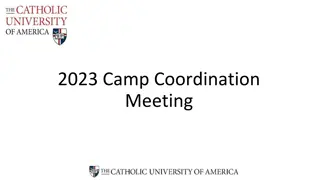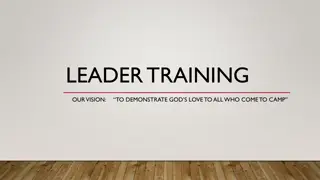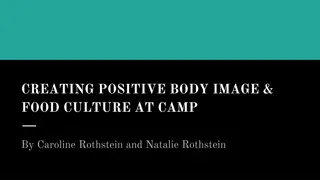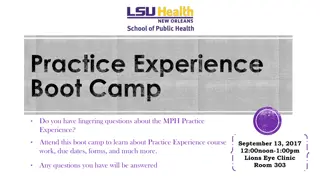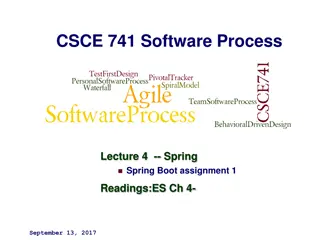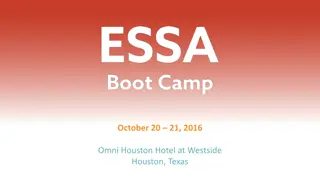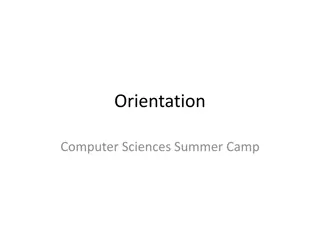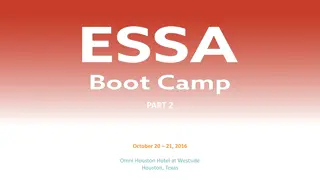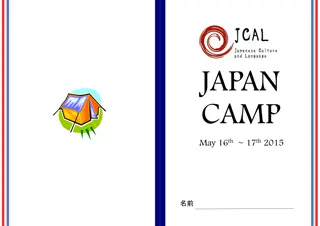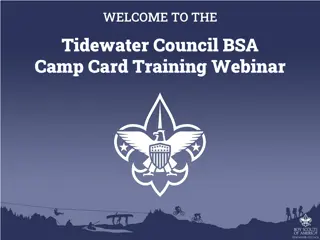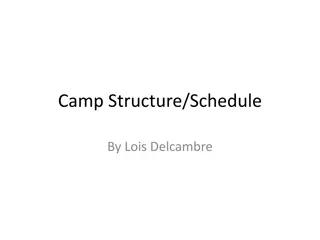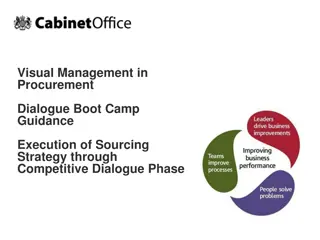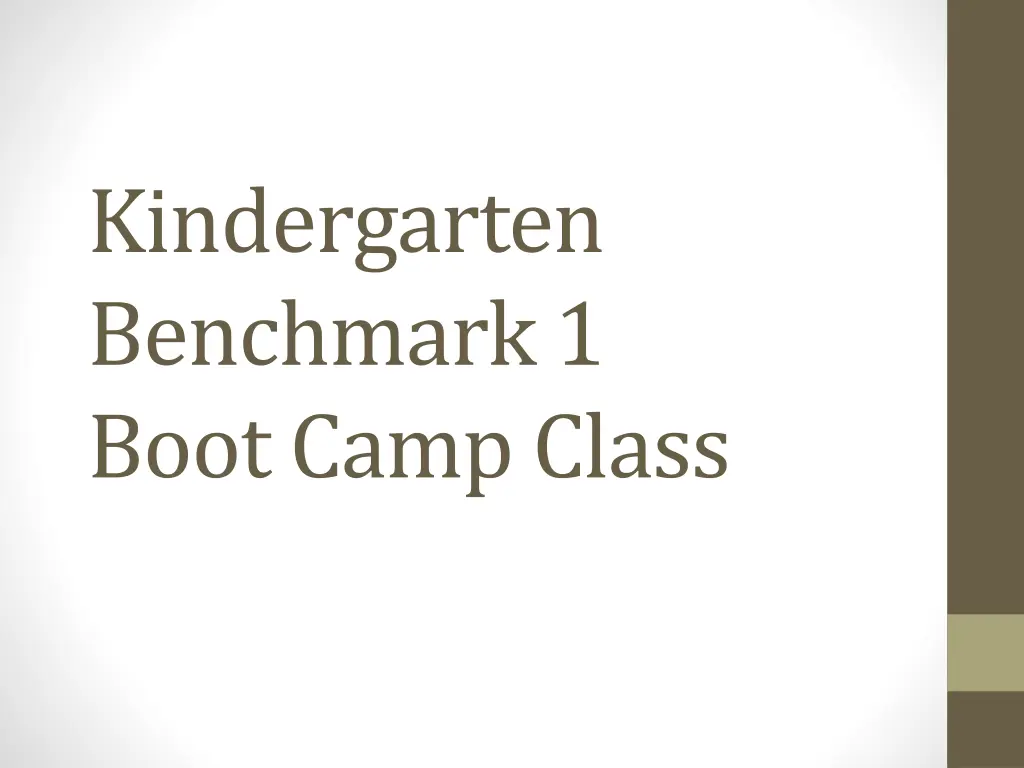
Math Core Concepts for Kindergarten
Explore foundational math concepts for kindergarten students including counting, cardinality, subitizing, and comparisons. Engage in creative activities, daily routines, and assessments to enhance learning and understanding in math. Get ready to boost your child's math skills with these comprehensive resources.
Download Presentation

Please find below an Image/Link to download the presentation.
The content on the website is provided AS IS for your information and personal use only. It may not be sold, licensed, or shared on other websites without obtaining consent from the author. If you encounter any issues during the download, it is possible that the publisher has removed the file from their server.
You are allowed to download the files provided on this website for personal or commercial use, subject to the condition that they are used lawfully. All files are the property of their respective owners.
The content on the website is provided AS IS for your information and personal use only. It may not be sold, licensed, or shared on other websites without obtaining consent from the author.
E N D
Presentation Transcript
Kindergarten Benchmark 1 Boot Camp Class
Math Core Benchmark 1 Counting and Cardinality K.CC Know number names and the count sequence. 1. Count to 100 by ones and by tens. 2. Count forward beginning from a given number within the known sequence (instead of having to begin at 1). 3. Write numbers from 0 to 20. Represent a number of objects with a written numeral 0-20 (with 0 representing a count of no objects).
Counting Routines Number Parade Anno s Counting Book Drawing Scenes Creative Movement and Sounds (animal chart, snaps and claps, jumps) 1-120 Chart Math Expressions Daily Routines Kindergarten Daily Routines Continued
Counting and Cardinality Cont. Count to tell the number of objects. 4. Understand the relationship between numbers and quantities; connect counting to cardinality. a. When counting objects, say the number names in the standard order, pairing each object with one and only one number name and each number name with one and only one object. b. Understand that the last number name said tells the number of objects counted. The number of objects is the same regardless of their arrangement or the order in which they were counted. 5. Count to answer how many? questions about as many as 20 things arranged in a line, a rectangular array, or a circle, or as many as 10 things in a scattered configuration; given a number from 1 20, count out that many objects. Compare numbers. 6. Identify whether the number of objects in one group is greater than, less than, or equal to the number of objects in another group, e.g., by using matching and counting strategies.1
Cardinality Perceptual Subitizing Students can recognize a number by it s visual representation Conceptual Subitizing Students can recognize a number and see the sub- categories within the number -fingers (5 and 2) -dice (3 and 3) -five and ten frames -fingers -dice -five and ten frames
Cardinality Compare -- Comparison helps students first by matching to recognize difference -- Next they can begin to see which is greater than and less than and by how much -- Finally, they can begin to relate the comparison s to addition and subtraction.
Operations and Algebraic Thinking Understand addition as putting together and adding to, and understand subtraction as taking apart and taking from. 1. Represent addition and subtraction with objects, fingers, mental images, drawings, sounds (e.g., claps), acting out situations, verbal explanations, expressions, or equations. 2. Solve addition and subtraction word problems, and add and subtract within 10, e.g., by using objects or drawings to represent the problem. 3. Decompose numbers less than or equal to 10 into pairs in more than one way, e.g., by using objects or drawings, and record each decomposition by a drawing or equation (e.g., 5 = 2 + 3 and 5 = 4 + 1).
Measurement and Data Classify objects and count the number of objects in each category. 3. Classify objects into given categories; count the numbers of objects in each category and sort the categories by count. Geometry Identify and describe shapes (squares, circles, triangles, rectangles, hexagons, cubes, cones, cylinders, and spheres). 1. Describe objects in the environment using names of shapes, and describe the relative positions of these objects using terms such as above, below, beside, in front of, behind, and next to. 2. Correctly name shapes regardless of their orientations or overall size. 3. Identify shapes as two-dimensional (lying in a plane, flat ) or three- dimensional ( solid ). Analyze, compare, create, and compose shapes. 4. Analyze and compare two- and three-dimensional shapes, in different sizes and orientations, using informal language to describe their similarities, differences, parts (e.g., number of sides and vertices/ corners ) and other attributes (e.g., having sides of equal length). 5. Model shapes in the world by building shapes from components (e.g., sticks and clay balls) and drawing shapes. 6. Compose simple shapes to form larger shapes. For example, Can you join these two triangles with full sides touching to make a rectangle?

